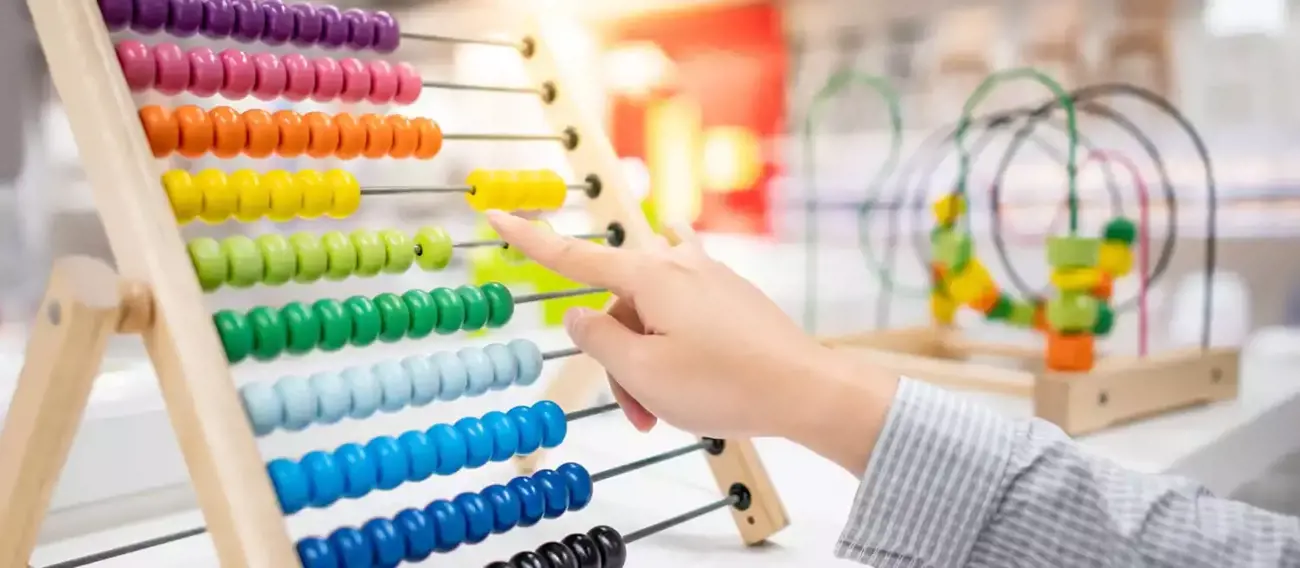Across the nation, quality preschool programs help thousands of children to learn, grow and thrive in the year before school.
By last count, the Australian Bureau of Statistics found that 334,823 children were enrolled in a preschool program in 2020, and over 95 per cent of these four- and five-year-olds were enrolled for 15 hours or more per week.
When it comes to cost, preschool is affordable – or free – for many families, however, the current system isn’t perfect. Out of pocket fees vary around Australia, and there’s been a short-term approach to how preschools are funded.
Things are set to change, though, with the announcement of the Preschool Reform Funding Agreement in the latest Federal Budget.
Today, we explain what this means for families, providers and governments.
How does government funding currently work for preschool?
At present, the Australian government gives money to state and territory governments to help fund quality preschool programs via an arrangement called the Universal Access National Partnership (UANP).
It’s then the responsibility of each state and territory government to provide preschool or kindergarten programs that:
- Are affordable
- Meet the needs of children, parents and the community, and
- Are delivered in line with the National Quality Framework and the Early Years Learning Framework.
The UANP supports about 12,000 preschool programs around Australia and, ‘Aims to ensure that every child can participate in a quality preschool program 15 hours per week (or 600 hours per year) in the year before school.’
This sounds simple enough, but in practice, the ABC explains that, ‘Australia's current preschool arrangements are extremely complex and vary widely across state lines.’
Families’ out of pocket expenses are much lower in some states and territories than others, and although Victoria is rolling out funded kinder for three-year-olds, this second year of preschool/kindergarten isn’t funded by the Federal government and isn’t available nationwide.
Providers have also found it hard to make long-term plans, because while schools and hospitals get their funding locked in, four years in advance, preschools have been funded for shorter, less consistent, periods of time.
The current UANP will fund preschool until the end of 2021, but we’re pleased to report that the 2021-2022 Budget guarantees Commonwealth funding for preschool programs for the next four years (from 2022 until the end of 2025) by way of the new Preschool Reform Funding Agreement (PRFA).
What does the PRFA mean in practice?
The government has committed almost $2 billion to, ‘Strengthen the delivery of preschool and better prepare children to start school’ over the next four years, and although some things are changing, some things remain the same.
Under the new PRFA:
- The Australian government will continue to provide a ‘per child’ contribution to the states and territories, amounting to around $1,340 per child in 2022
- The funding will still support 15 hours of preschool per week (600 hours a year) for all children in the year before they go to school, and
- Spending remains around the same. The ABC reports that the Federal government has committed $1.6 billion over four years for universal preschool access, compared to the $1.3 billion (or thereabouts) that it’s spent over the past four years.
However, what is changing is that the states and territories must agree to an ‘ambitious reform agenda’ to receive their Commonwealth funding. This agenda is focused on increasing preschool participation and school readiness:
- Instead of using their Commonwealth funding ‘as they see fit’, states and territories will have to show that the Federal government’s per child contribution is passed on equally.
This means that, from 2023, every child enrolled in an approved preschool program will see the full benefit of Commonwealth funding, no matter which preschool setting they attend.
- From 2024, the Federal government says it will seek agreement from the states and territories to set up attendance performance targets, and The Guardian reports that, ‘Payments to the states and territories will be explicitly tied to attendance targets.’
The Federal government also wants to work with states and territories to, ‘Develop and trial a preschool outcomes measure.’
It would like to be able to test how well preschools get children school-ready, and it’s spending money to improve preschool-related data collection and develop a new Preschool Performance Framework.
What does all this mean for families?
It’s hoped that the new PRFA will maximise preschool attendance and help hundreds of thousands of young learners to:
- Prepare for school
- Enjoy better educational outcomes when they get there, and
- Get the ‘best possible start in life.’
The government would like to see all children using their 15 hours of preschool per week in the year before school – not just by enrolling, but by attending.
This investment in preschool supports parents to work, and there’s also the promise of more equitable fees nation-wide.
Under the current system, families are paying different amounts for preschool, depending on which state or territory they’re in, but the new PRFA should mean that every child receives the ‘full benefit of Commonwealth funding.’
It’s hoped that some parents will see a drop in their fees, although the ABC says this will depend on other factors, such as support from the states.
And last but not least, a preschool outcomes measure could potentially tell governments more about what works, and what doesn’t work, and lead to improvements in preschool programs and children’s outcomes.
When will the Preschool Reform Funding Agreement start?
The Federal government says it ‘stands ready’ to work with states and territories to have the PRFA in place by the end of 2021.
This is just in time for end of the UANP, and here’s hoping that the next four years of preschool arrangements are a win-win for families, providers and governments.


































